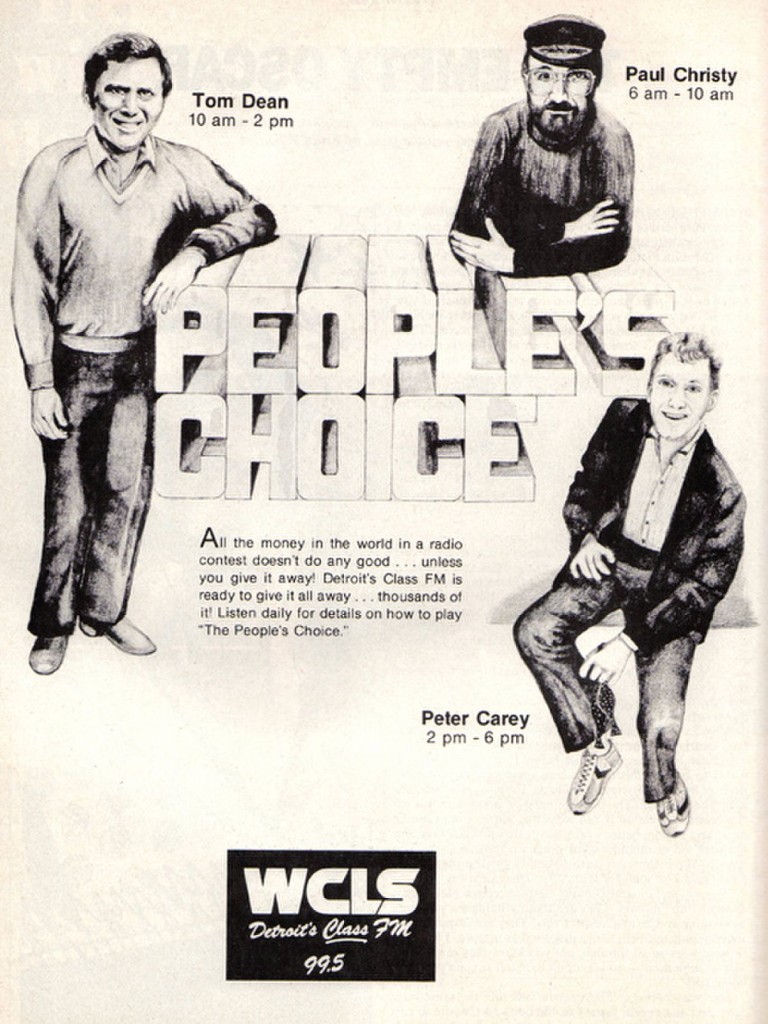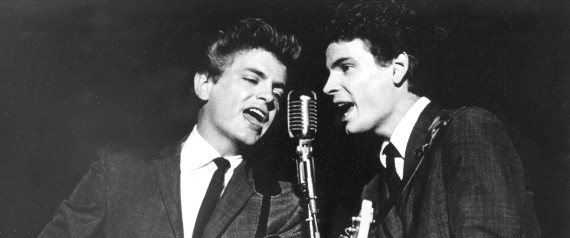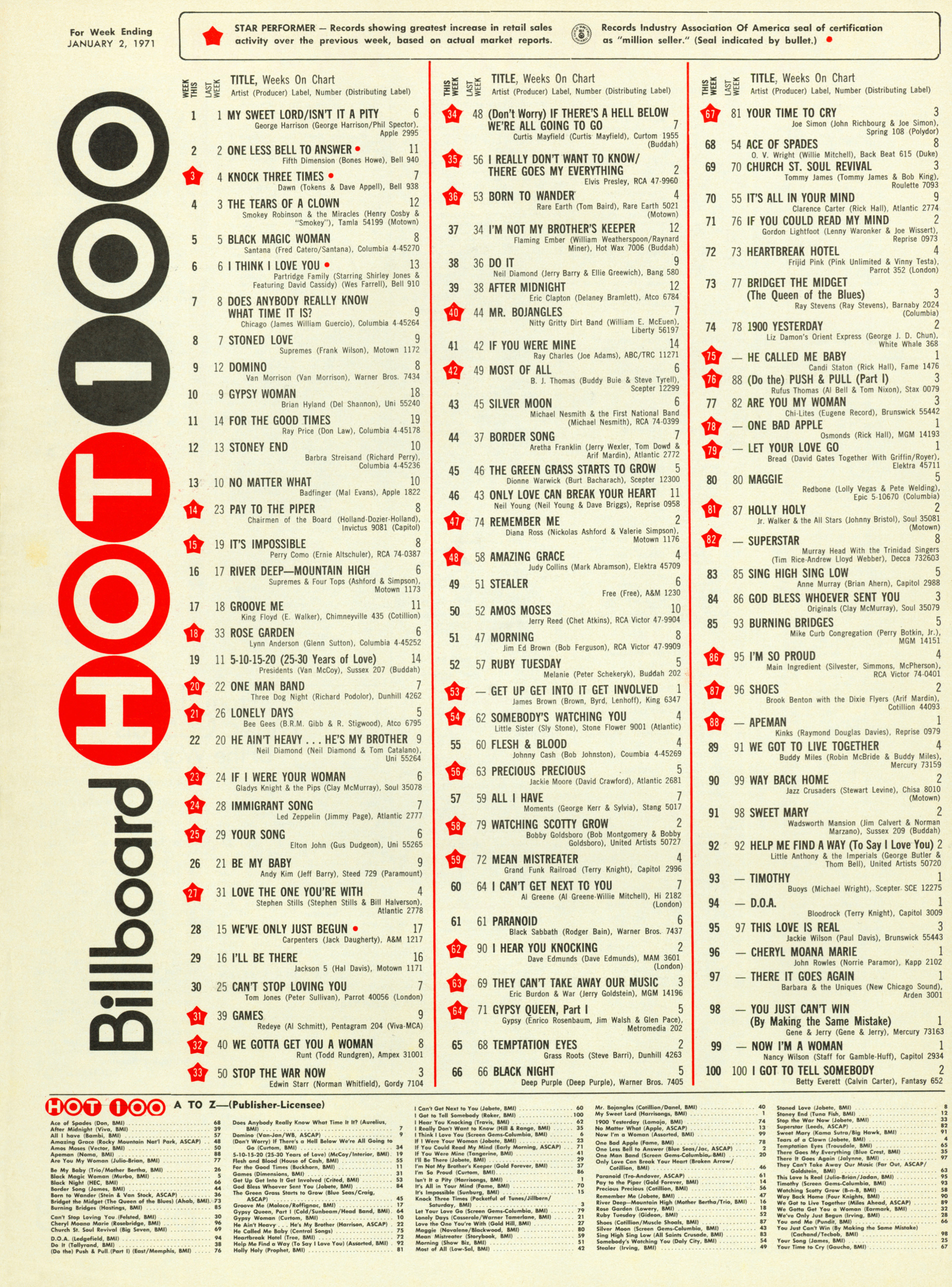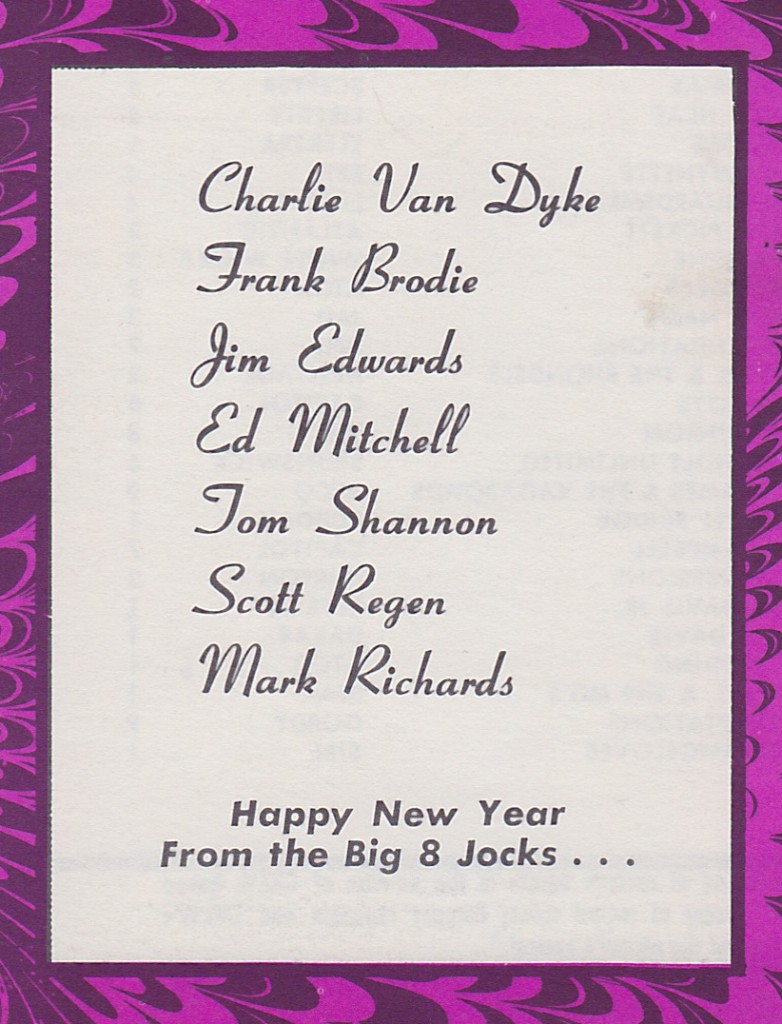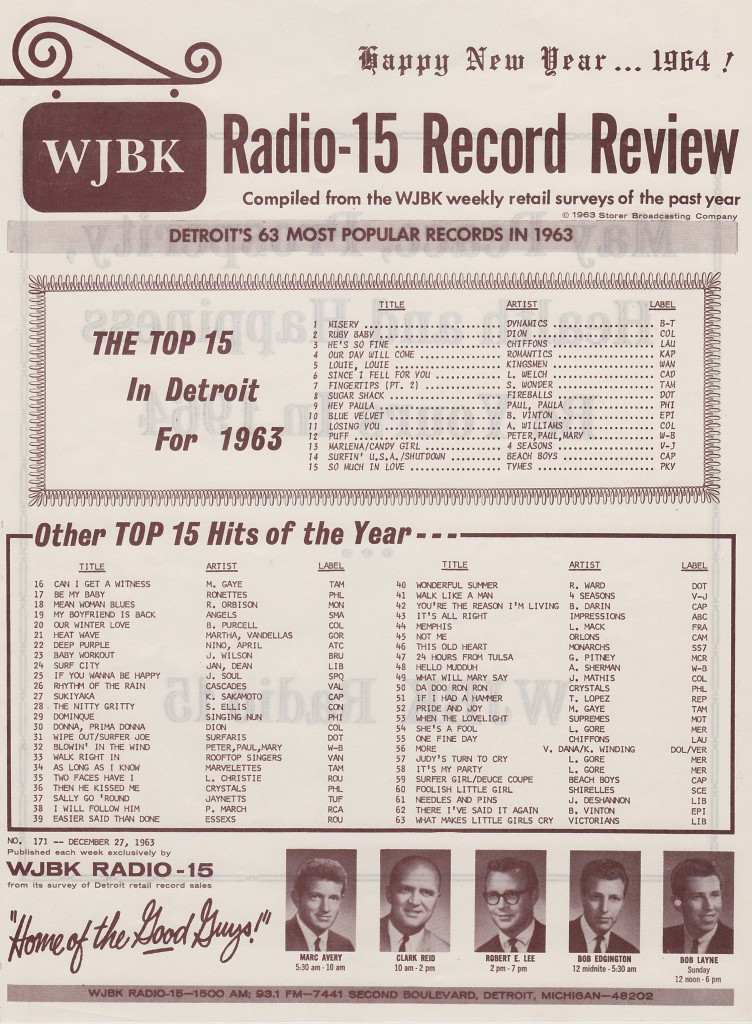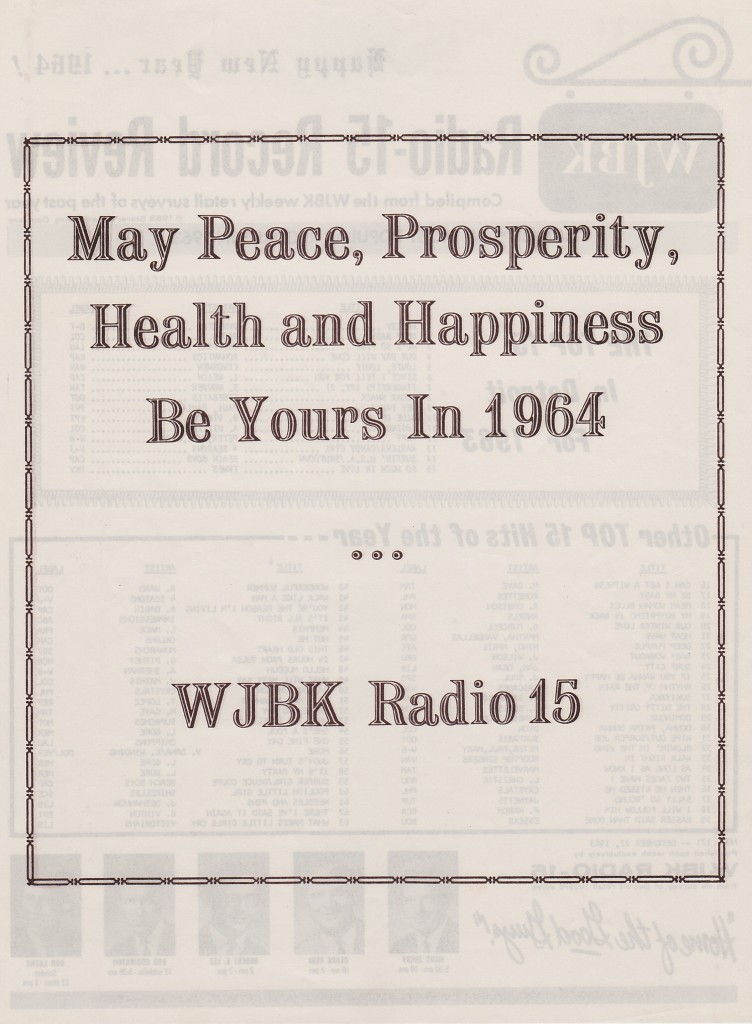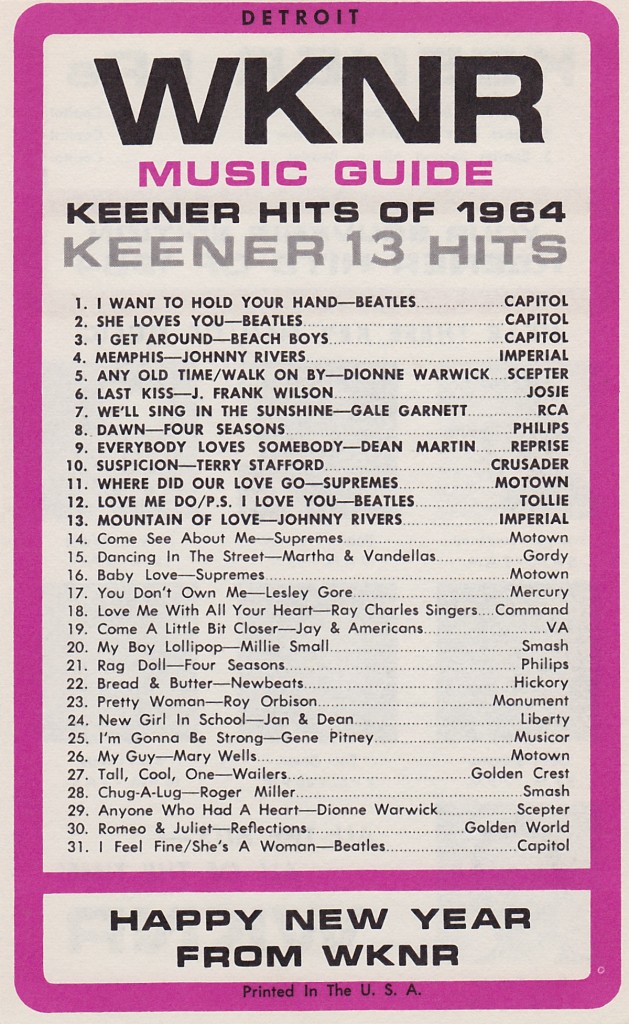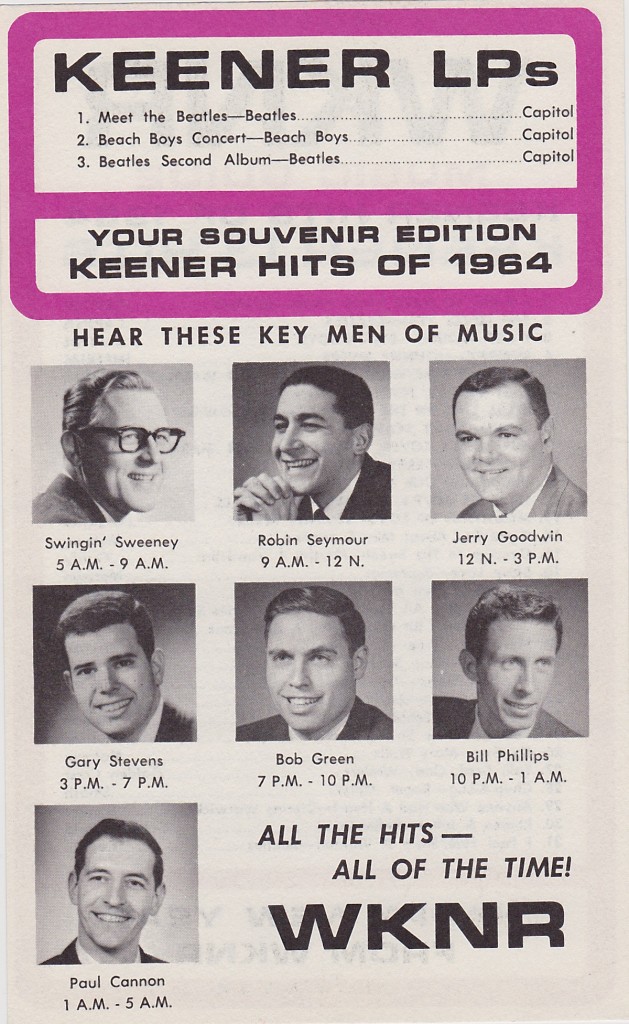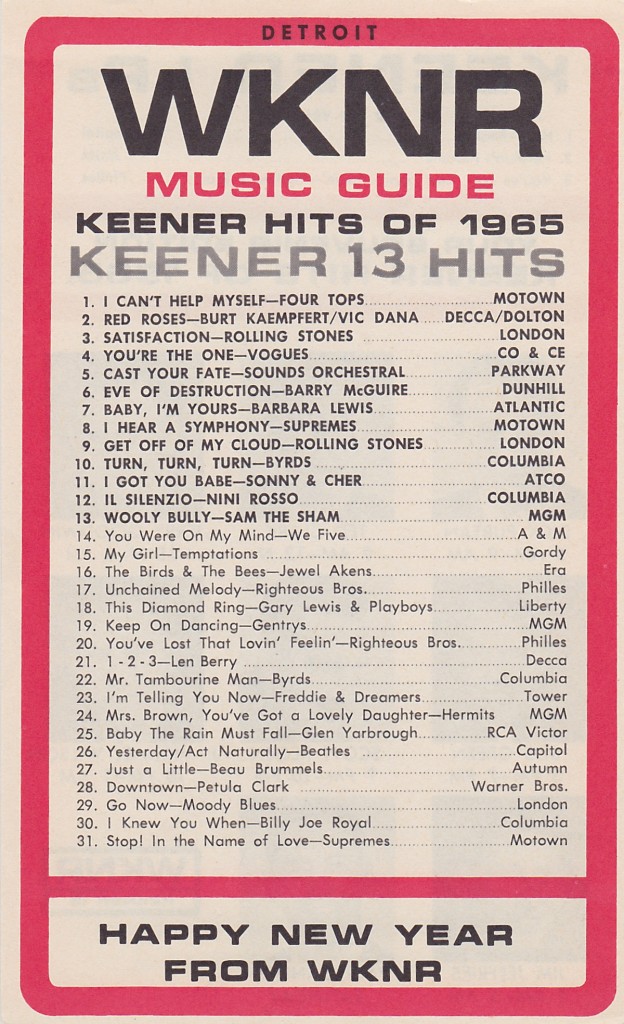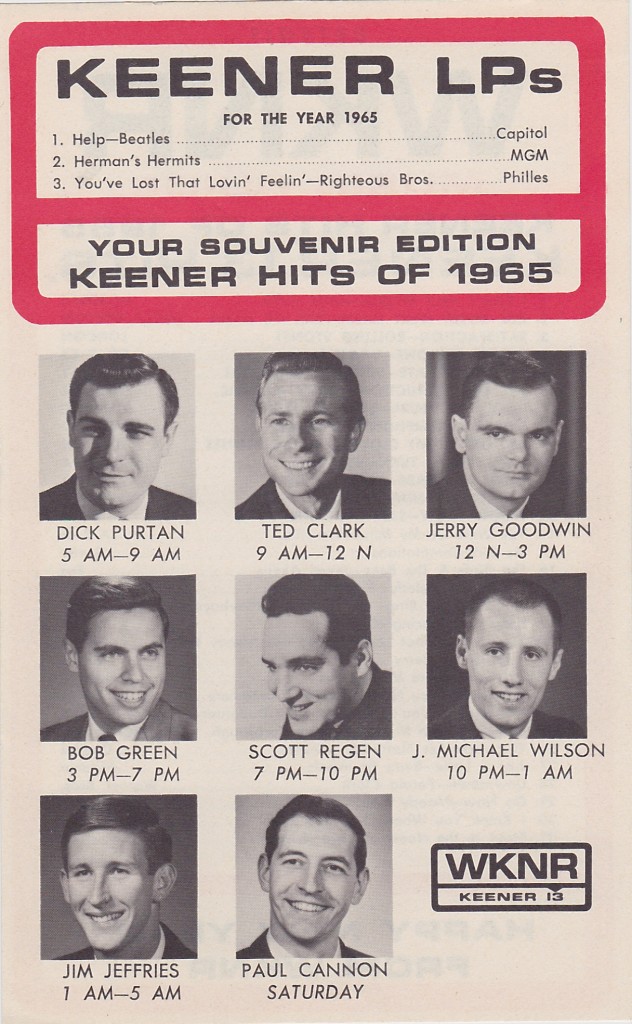![]()
Month: January 2014
LOST 45 * 1982
![]()
EVERLY BROTHERS’ PHIL EVERLY DIES AT 74
 From current news wire services —
From current news wire services —
Phil Everly Succumbs to Respiratory Failure — Chronic Obstructive Pulmonary Disease
Phil Everly, who with his brother, Don, made up the most revered vocal duo of the rock-music era, their exquisite harmonies profoundly influencing the Beatles, the Beach Boys, the Byrds and countless younger-generation rock, folk and country singers, died Friday in Burbank of complications from chronic obstructive pulmonary disease, his wife, Patti Everly, told The Times. He was 74.
“We are absolutely heartbroken,” she said, noting that the disease was the result of a lifetime of cigarette smoking. “He fought long and hard.”
PHOTOS: The Everly Brothers through the years
During the height of their popularity in the late 1950s and early 1960s, they charted nearly three dozen hits on the Billboard Hot 100 singles chart, among them “Cathy’s Clown,” “Wake Up Little Susie,” “Bye Bye Love,” “When Will I Be Loved” and “All I Have to Do Is Dream.” The Everly Brothers were among the first 10 performers inducted into the Rock and Roll Hall of Fame when it got off the ground in 1986.
“They had that sibling sound,” said Linda Ronstadt, who scored one of the biggest hits of her career in 1975 with her recording of “When Will I Be Loved,” which Phil Everly wrote. “The information of your DNA is carried in your voice, and you can get a sound [with family] that you never get with someone who’s not blood related to you. And they were both such good singers–they were one of the foundations, one of the cornerstones of the new rock ‘n’ roll sound.”
Robert Santelli, executive director of the Grammy Museum in Los Angeles, said Friday, “When you talk about harmony singing in the popular music of the postwar period, the first place you start is the Everly Brothers…. You could say they were the vocal link between all the 1950s great doo wop groups and what would come in the 1960s with the Beach Boys and the Beatles. They showed the Beach Boys and the Beatles how to sing harmony and incorporate that into a pop music form that was irresistible.”
The Everly Brothers profoundly influenced 1960s-era groups and singer-songwriters ranging from Beatles John Lennon and Paul McCartney, who early in their careers called themselves the Foreverly Brothers, to Simon and Garfunkel, the Byrds, the Hollies and the Beach Boys.
“Perhaps even more powerfully than Elvis Presley, the Everly Brothers melded country with the emerging sound of Fifties rock & roll,” Rolling Stone magazine said in placing the brothers at No. 33 on its list of the “100 Greatest Artists.”
Phil and Don had an onstage breakup in 1973 that led to a decade-long estrangement, but Phil told Time magazine their relationship had endured.
“Don and I are infamous for our split,” Phil said, “but we’re closer than most brothers. Harmony singing requires that you enlarge yourself, not use any kind of suppression. Harmony is the ultimate love.”
In addition to his wife, Everly is survived by his brother, Don, their mother, Margaret, sons Jason and Chris, and two granddaughters. Funeral services will be private.
A full obituary will appear in Saturday’s Times. END
Phil Everly of the Everly Brothers dies at 74 | Randy Lewis January 3, 2014
(Published in the L.A Times.com, January 3, 2014. Portions of this article were obtained from REUTERS wire services)
![]()
DICK BULLER PASSES AWAY
BULLER RICHARD “DICK” age 93 passed away on January 2, 2014 in St. Louis, Missouri. He was born in Acme, Michigan on June 28th, 1920. A veteran of WWII, he served the US Army as a radio operator and was sent to Japan after the bombing of Hiroshima to help with the nation’s rebuilding. After returning from the war in 1946, he completed his education at the University of Michigan and was hired as a disc jockey at a new radio station, WKMH, in Dearborn, Michigan in February 1947 and had a signature night time show aptly named “Sugar and Spice”. In 1963, the radio station underwent an amazing change and became WKNR – Keener 13 – a perennial rock favorite in the Detroit area and Dick was a part of their newsroom. He remained at the radio station through one more change to WNIC in 1972 and retired in June 1985. Music played an important role in Dick’s life – he met his wife of 62 years, Florence, while playing in Bill Sawyer’s dance band at the Houghton Lake Playhouse. Music always filled the house – usually Frank Sinatra, Glenn Miller, Benny Goodman or Duke Ellington. Retirement found Dick and Florence traveling the country to be with their three children and six grandchildren. He is survived by his son, Richard Buller (Theresa) of St. Louis, MO; his daughter Deborah VanIttersum (Cliff) of Chesterfield, MO; and his daughter Katherine Kaherl (Dave) of Burlington, CT; grandchildren Derek VanIttersum (Wendy) of Hudson, OH, Julia Shafer (Robert) of Hastings, MI, Kyle VanIttersum (Christina) Luster of Manhattan, KS, Sarah Bennick (Aaron) of Philadelphia, PA, Ryland Buller of Juneau, AK and David Kaherl of Boston, MA. In addition, Dick is also survived by four great-grandchildren, Lucy and Abigail Shafer, and Matteo and Theo VanIttersum; and two brothers, Ronald Buller and Roger Buller both of Traverse City, MI. He is pre-deceased by his beloved wife, Florence, and his brother, Raymond Buller. Donations can be made to the The Heartland Hospice Memorial Fund , 12101 Woodcrest Executive Drive, Suite 102, St. Louis, MO 63141. Burial will be private.
![]()
BLUE-EYED SOUL ARTISTS SPAWN TOP 40 INTERGRATION . . . OCTOBER 22, 1966
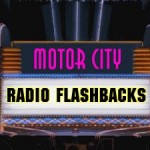 From the MCRFB NEWS archives: 1966
From the MCRFB NEWS archives: 1966
Blue-Eyed Soul Artists Herald Musical Integration on Airways
NEW YORK — Hot 100 radio stations have been “borrowing” the most popular tunes of its R&B sister stations for the past few years and the trend, if anything, is increasing. Some rock ‘n’ roll outlets have, in fact, gone so far as to hire Negro air personalities and the reason has been two-fold. For one thing, these particular personalities were top flight: Chuck Leonard at New York’s WABC and Larry McCormick at Los Angeles KFWB. Second, there was the feeling that they could appeal to a wider audience.
But this past year marked a turnabout for R&B stations. It happened quite by accident; some of the news artists being programmed by program directors at the nation’s major R&B stations such as WWRL, New York; WDAS, Philadelphia; WOL, Washington; and WLAC, Nashville, turned out to be white.
Frank Ward, general manager of WWRL, puts it this way: “You should have seen the face of Rocky G when he found out who the Righteous Brothers were!” Rocky Groose is program director at the New York outlet. Many other R&B outlets were also fooled by the “soul” sound of the two artists.
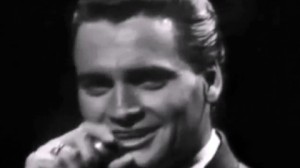
Georgie Woods, an air personality with WDAS, Philadelphia, came up with the term “blue-eyed soul” to cover these white artists now receiving airplay on R&B stations. Besides the Righteous Brothers, once the barriers were down, R&B stations began spinning any white artist — the big name ones — who could be said to have “soul.” In other words, sound like a Negro. These “soul” artists were many and the term became quite loosely used; for example: Sonny & Cher, the Beatles, Tom Jones, Sam the Sham, Barry McGuire, Roy Head.
What it actually meant was that R&B stations were trying to give rock ‘n’ roll outlets a run for their money . . . to hold on to their audiences. To get involved in the action, many British groups are appearing now — American groups, too — with the R&B sound.
The next step?
Some R&B stations decided to concentrate on appealing to both white and Negro audiences. Instead of aiming at an ethnic group, these stations began to realize that R&B music had a basic appeal. So, they integrated their air personality rosters, once almost almost a private domain of the Negro. There were some white deejays in the field — John Richbourg at WLAC, Nashville, and Porky Chedwick at WAMO, Pittsburgh. But they were rare. Then, KYOK, Houston, hired Al Gardner as program director; KGFJ in Los Angeles has two white deejays, WCIN, Cincinnati, not only went with an integrated staff, but plays such artists as Bob Dylan, Brenda Lee, Billy Joe Royal, and the Rolling Stones . . . . anyone that has “a little bit of soul.” WAKE, Atlanta, which changed its call letters to WIGO, has an integrated staff. WLOU, Louisville, has had an integrated staff. So does WLTH, Gary, Indiana.
It is the integration of music that has contributed to the integration of staffs, believes George Woods of WDAS, Philadelphia. Rudy Runnells of WOL, Washington, feels that the Negro audience is no longer a specialized “in” group. “Musically, they’ve grown out of the strictly heavy-accented R&B field limited only to Negro artists.”
KGFJ, Los Angeles, keeps as pure “soul”as possible, but program director Cal Milner says high general market audience ratings indicate the station is being listened to “by the white kids in order to hear R&B records early . . . we’re playing them about 10 days earlier than the rock stations.” Hunter Hancock and Jim Woods are the blue-eyed soul deejays at KGFJ; Hancock is currently rated the No. 3 air-personality in the market influencing R&B record sales. Milner says Hancock sounds “ethnic” on the air.
James Whittington, operations manager and program director at Atlanta’s WIGO, said his station had a different situation that brought about its integrated air staff. When the station changed formats recently to R&B, it kept on a white deejay, Tommy Goodwin, because of his tremendous following. Goodwin is the drive time personality and Whittington says, “he’s worrying heck out of rock ‘n’ roll personalities by playing R&B records.”
WLTH, Gary, Indiana, set out deliberately to aim at both white and Negro teenagers with an integrated play list as well as an integrated staff. The station manager, George Corwin, previously worked with WSID, Baltimore, an R&B outlet. END
___
(Information and news source: Billboard; October 22, 1966)
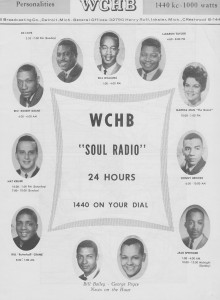
MCRFB Addendum: In covering 1966 Detroit R&B radio stations, WJLB-AM and WCHB-AM were the two premier soul stations on the radio dial. But these two R&B stations seemed always well ahead in playing the newest soul records and albums before they would hit the charts, at times weeks before other local popular Detroit Top 40 stations would find those selected R&B hits on their respective radio playlists.
In was known also that during the 1960s, WJLB and WCHB also held a respectable Detroit (non-black) radio audience. And one reason was due in part that by 1966, both stations tended to first introduce and promote at the earliest local R&B hits, the newest soul hits and albums produced by many independent and major record labels. And of course, there was Motown Records and Stax as well. By 1966, soul music, or R&B, would comprise as much as up to one-third of the singles played in mainstream top 40 radio stations around the country.
![]()
